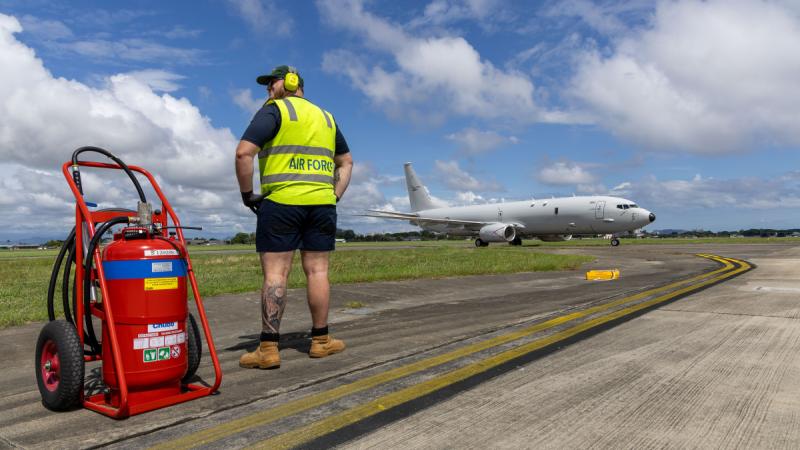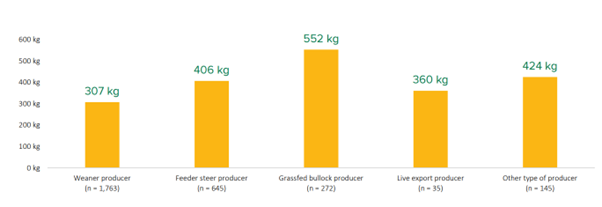Souvlaki GR Plenty Pty Ltd was sentenced ex-parte in the Heidelberg Magistrates’ Court last Tuesday after being found guilty of one charge of failing to provide and maintain a safe system of work and one charge of failing to provide adequate information, instruction and training.
The company was also ordered to pay $5,682 in costs.
In February 2022, the 22-year-old worker was reaching for a takeaway container lid on a high shelf when her hair became entangled in the turning cog at the top of the store’s rotisserie machine.
The worker yelled for help before a co-worker activated the emergency stop button, while a hairdresser from a neighbouring business was able to cut away the entangled hair from the machine. The worker lost a significant amount of hair and suffered swelling to her head, she was taken to hospital and spent two weeks off work.
The injured worker and a co-worker working at the time of the incident told WorkSafe a training night held by the business after the incident was the first time they became aware of the existence of workplace policies and procedures and their location in the workplace.
It was reasonably practicable for the company to have provided and maintained a safe system or work which required employees to wear personal protective equipment, namely hairnets and/or securing long hair in a bun, and not store takeaway containers on a shelf above the rotisserie machine; and to have provided information, instruction and training as was necessary to ensure employees were implementing the system of work and aware of the risks when working in proximity to the rotisserie.
WorkSafe Executive Director Health and Safety Sam Jenkin said there were no excuses for failing to manage the obvious risks that led to the incident, which could have been worse.
“A large cohort of workers within the hospitality industry are young and inexperienced and, at the very least, they deserve proper training, instruction and supervision to do their jobs safely,” Mr Jenkin said.
“Simple measures such as storing items away from danger areas and ensuring workers secured hair appropriately could have prevented a traumatic physical injury.”
To manage risks when working with machinery employers should:
- Identify hazards, assess the risks associated with them and eliminate or control those risks by isolating them or using an alternative.
- Train staff in the safe operation of machines and equipment and provide written procedures in the worker’s first language.
- Develop and implement safe operating procedures in consultation with employees and health and safety representatives.
- Ensure safety guards and gates are compliant and fixed to machines at all times.
- Regularly service and inspect machines and equipment.
- Place signs on or near a machine to alert employees of the dangers of operating it.








